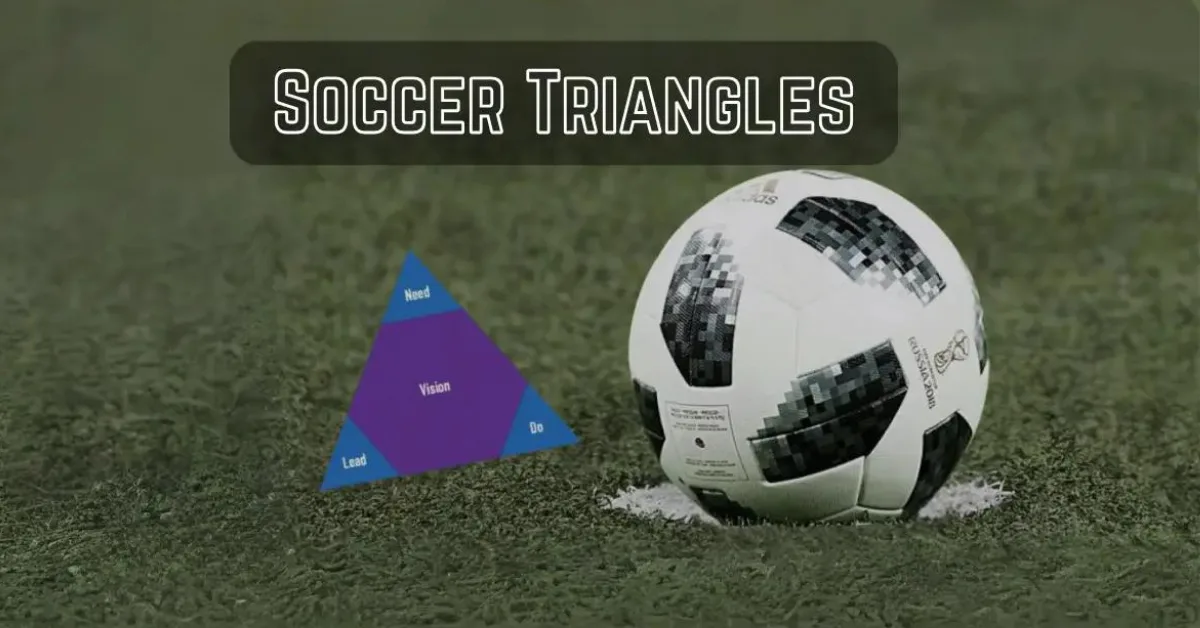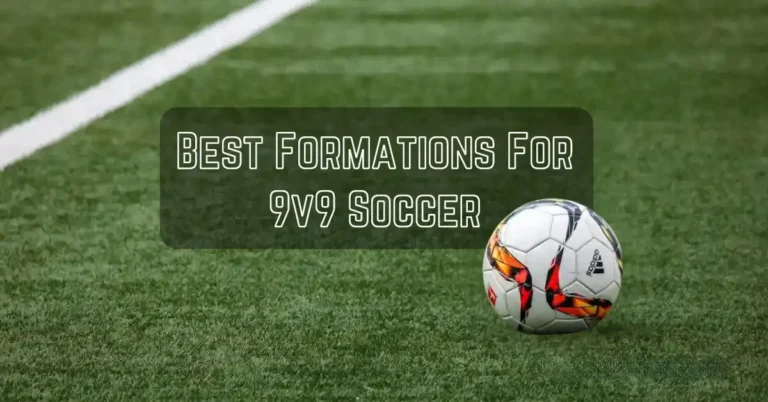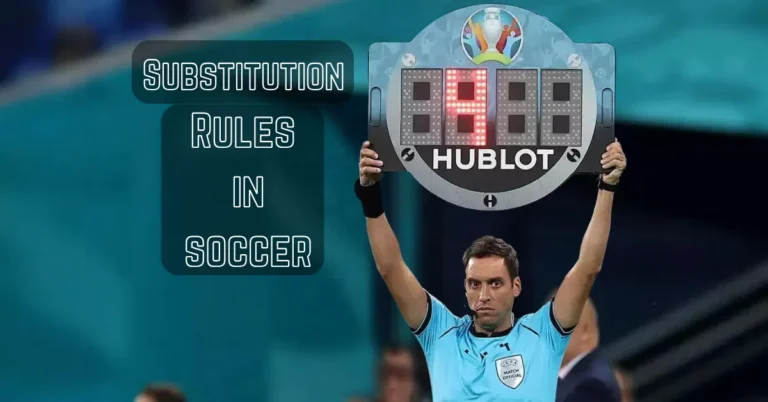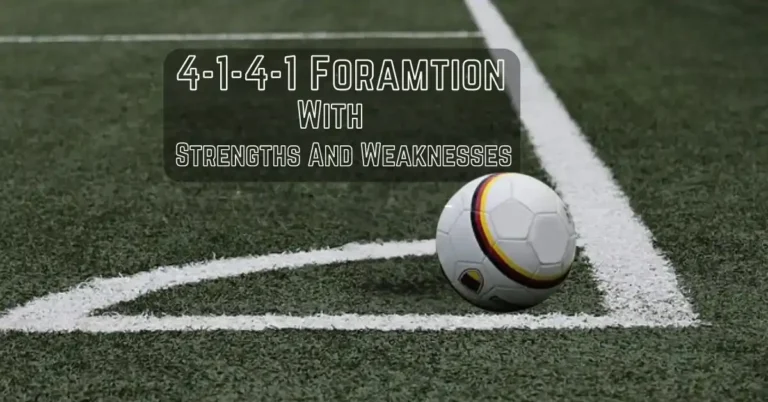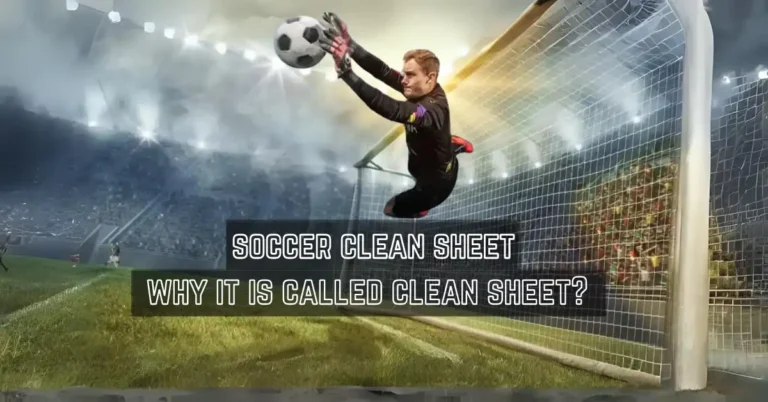Soccer Triangles – Why And How To Use Triangles In Soccer?
Soccer, which is sometimes called the “beautiful game,” is a sport that requires planning, teamwork, and accuracy. When it comes to tactical genius, soccer triangles are one idea that stands out. Understanding the significance of triangles is like unlocking a secret code in soccer.
What are soccer triangles?
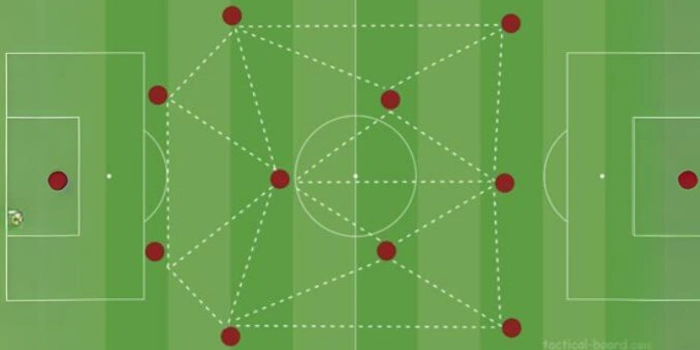
Soccer triangles, in the context of the game, refer to strategic formations created by three players, forming a triangular shape on the field. These formations play a pivotal role in shaping a team’s offensive and defensive maneuvers.
Importance of soccer triangles
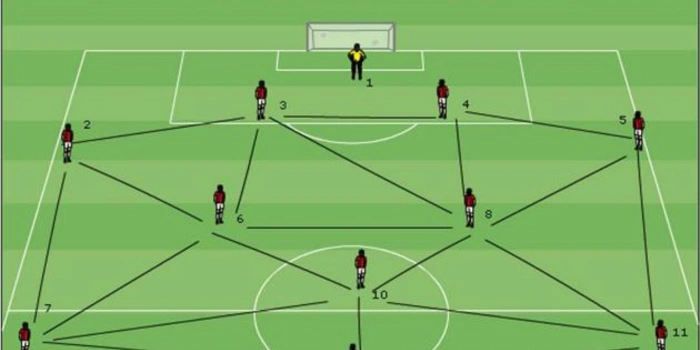
Soccer triangles improve team chemistry, play fluidity, and field success. Three players make a triangle in soccer to improve ball movement, passing, and support. triangles are important for several reasons:
Ball Circulation and Possession
Triangles provide players with passing options, enabling quick and efficient ball circulation. By maintaining triangular formations, teams can retain possession more effectively, control the tempo of the game, and dictate the flow of play.
Support and Options
Triangles create a network of passing lanes, offering players multiple options for distributing the ball. This not only helps in evading opponents but also provides the player in possession with suitable passing outlets, contributing to better decision-making under pressure.
Movement and Off-the-Ball Play
Triangular structures encourage players to move off the ball, creating dynamic and unpredictable patterns. The constant interchanging of positions within the triangle makes it challenging for the opposition to mark players effectively, leading to increased attacking opportunities.
Breaking Defensive Lines
Triangles are effective in penetrating defensive lines. Players positioned in triangular formations can exploit gaps in the opposition’s defense by quick, short passes, and coordinated movements, breaking down defensive structures and creating goal-scoring opportunities.
Building from the Back

Triangles are particularly crucial when building play from the defensive third. Defenders, midfielders, and even goalkeepers can form triangles to progress the ball up the field methodically, reducing the risk of turnovers and counterattacks.
Quick Transitions
Triangular passing facilitates rapid transitions between defense and attack. Players can swiftly switch the point of play, catching opponents off guard and capitalizing on moments of vulnerability during transition phases.
Spatial Awareness
Triangles enhance players’ spatial awareness, encouraging them to read the game and understand the positioning of teammates and opponents. This heightened awareness is fundamental in executing effective plays and adapting to the evolving dynamics of the match.
Team Unity and Cohesion
Triangles foster a sense of unity and cohesion within a team. Players who are accustomed to working within triangular structures develop a better understanding of their teammates’ movements, leading to improved teamwork and synergy on the field.
See Also Soccer Practice Time
How to use soccer triangles?

Using triangles effectively involves strategic positioning, coordinated movements, and precise passing. Here are some steps on how to implement triangles successfully:
Formation and Positioning
Encourage players to position themselves in triangular shapes on the field. This can involve players from various positions creating triangles, such as defenders forming a triangle with a midfielder and a forward.
Player Roles
Define specific roles for each player within the triangle. For example, one player may act as the focal point for receiving passes, while others provide support or make runs into space.
Communication
Emphasize the importance of communication within the triangle. Players should signal their intentions, call for the ball, and provide information to teammates to enhance understanding and coordination.
Movement Off the Ball
Encourage players to move off the ball dynamically within the triangular structure. This constant movement makes it challenging for opponents to mark effectively and creates space for the team in attack.
Quick Passing
Emphasize short and quick passes within the triangle. Players should aim for one or two-touch passes to maintain the speed of play and prevent opponents from intercepting the ball.
Support and Options
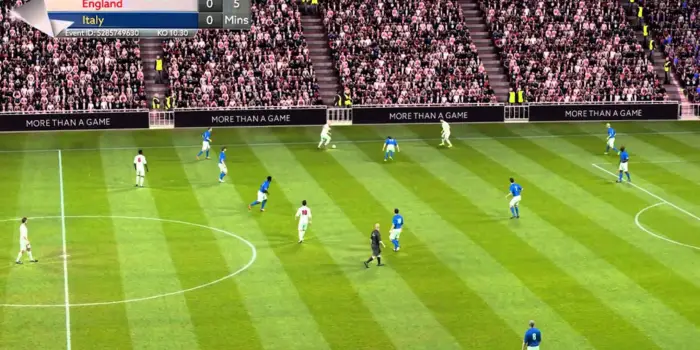
Players within the triangle should consistently offer themselves as passing options. This ensures that the player in possession has alternatives and can make informed decisions based on the movement of teammates.
Building from the Back
Initiate the use of triangles from the defensive third to build up play. This involves goalkeepers, defenders, and midfielders forming triangles to progress the ball methodically up the field.
Understanding Opponent’s Positioning
Train players to recognize and exploit gaps in the opponent’s defensive structure. Triangular play can be used strategically to penetrate defensive lines and create scoring opportunities.
Drills and Training
Incorporate specific training drills that focus on triangular passing and movements. These drills can help players develop a better understanding of spacing, timing, and decision-making within triangles.
See Also Junior Soccer Field Dimensions
why do you use soccer triangles?
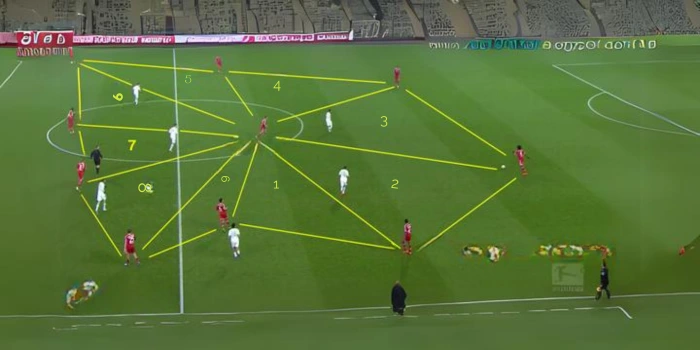
Using soccer triangles is essential for several reasons, as they contribute significantly to the effectiveness and success of a team on the field. Here are compelling reasons why teams should incorporate and emphasize the use of triangles:
- Triangles improve ball retention and possession.
- Triangular passing patterns provide fast ball circulation.
- Triangles offer an organized framework for players to support one another.
- Triangles effectively penetrate defensive lines.
- Utilizing triangles enables varied attacking play.
- Triangles facilitate fluid transitions from defense to attack.
- Triangles promote smart movement off the ball.
- Triangles offer players many passing possibilities.
- Regular use of triangles improves team cohesion and understanding.
- Triangles enhance players’ spatial awareness on the pitch.
When to use soccer Triangles?

Soccer triangles are vital for building from the defensive third, ensuring strategic ball advancement, and breaking through defenses. In tight spaces, they provide passing options for possession retention. Triangles prove crucial in counterattacks, exploiting open spaces for quick transitions.
In the midfield, they control the game’s tempo efficiently. Effective against compact defenses, triangles create goal-scoring opportunities with dynamic movements. Recognizing the opportune moments for triangles allows teams to navigate diverse in-game scenarios and optimize their strategic play.
See Also Ectomorph Soccer Players
Best drills for soccer Triangles
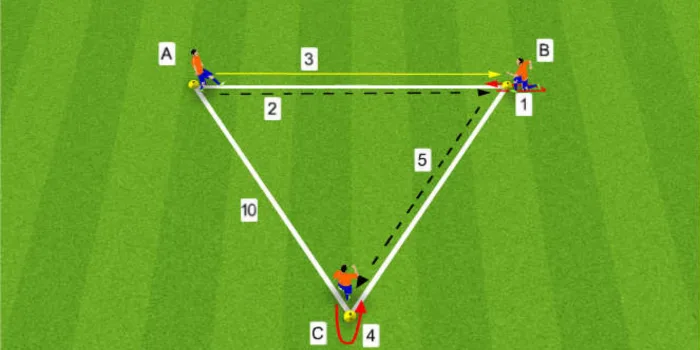
The top soccer triangle drills are shown in this table. You can properly apply soccer triangles with the help of these drills.
| Drill Name | Objective | Setup | Instructions |
|---|---|---|---|
| Triangle Passing | Improve passing speed and accuracy | 3 cones in a triangle | Quick, controlled passes. Encourage one-touch. Rotate players. |
| Overlapping Triangles | Enhance passing and off-ball movement | 2 overlapping triangles with cones | Pass and overlap. Focus on timed runs and accurate passes. |
| 3v1 Keepaway | Develop possession skills and decision-making | Small grid with 1 defender (3 attackers) | Keep possession against one defender. Emphasize quick passing. Rotate roles regularly. |
| Dynamic Triangle Drill | Foster quick passing, movement, and positioning | Cones in a dynamic triangle pattern | Move dynamically, pass the ball, and adjust positions. Introduce variations like one-touch passes. |
| Triangle Shooting | Combine passing and finishing skills | Triangle with a goal at the center | Pass within the triangle, and aim for goal. Rotate roles for different shooting positions. |
who introduced soccer Triangles?
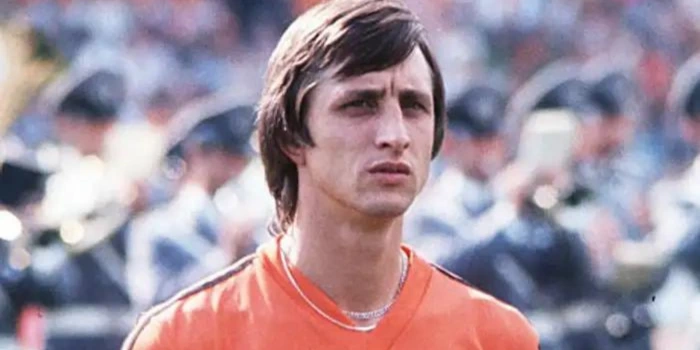
The “soccer triangle” or “triangular passing,” has been a key soccer strategy for years. Soccer tactics and ideas vary over time due to the involvement of many coaches and players, making it hard to ascribe this concept to one person.
However, the concept of triangles in soccer is often associated with total football, a playing style that emerged in the Netherlands in the 1970s.
Coaches like Rinus Michels and players like Johan Cruyff played key roles in popularizing total football, which emphasized fluid positioning, quick ball circulation, and the creation of triangular passing patterns to maintain possession and penetrate the opponent’s defense.
FAQs
Triangles in football refer to strategic player positioning in triangular patterns on the field, facilitating effective passing and support play.
In triangle soccer, players position themselves in a triangular shape to create passing options, allowing for quick ball circulation and maintaining possession.
The triangle theory in football emphasizes the use of triangular passing structures to control the game, exploit space, and enhance team coordination.
The triangle strategy in football involves creating and exploiting triangular formations on the field to control possession, open passing lanes, and create scoring opportunities.
Conclusion
Soccer triangles are not just formations; they are strategic masterstrokes that elevate a team’s performance. Embracing the tactical nuances of triangles opens a world of possibilities for players and coaches alike. As the soccer landscape evolves, players and coaches are encouraged to embrace tactical innovations, with triangles being a cornerstone of strategic brilliance.

